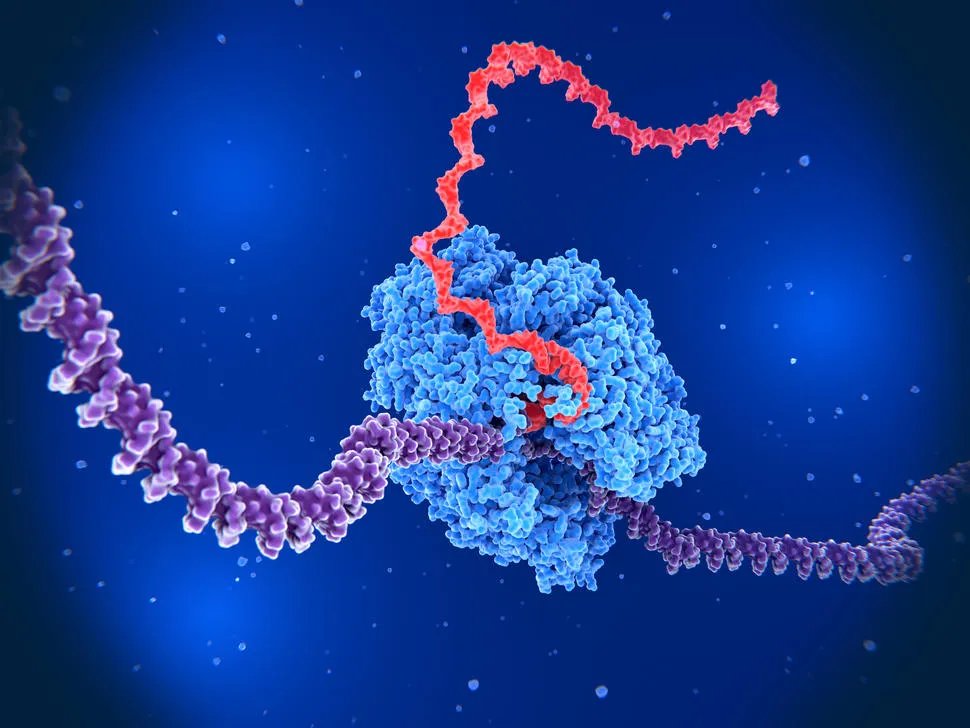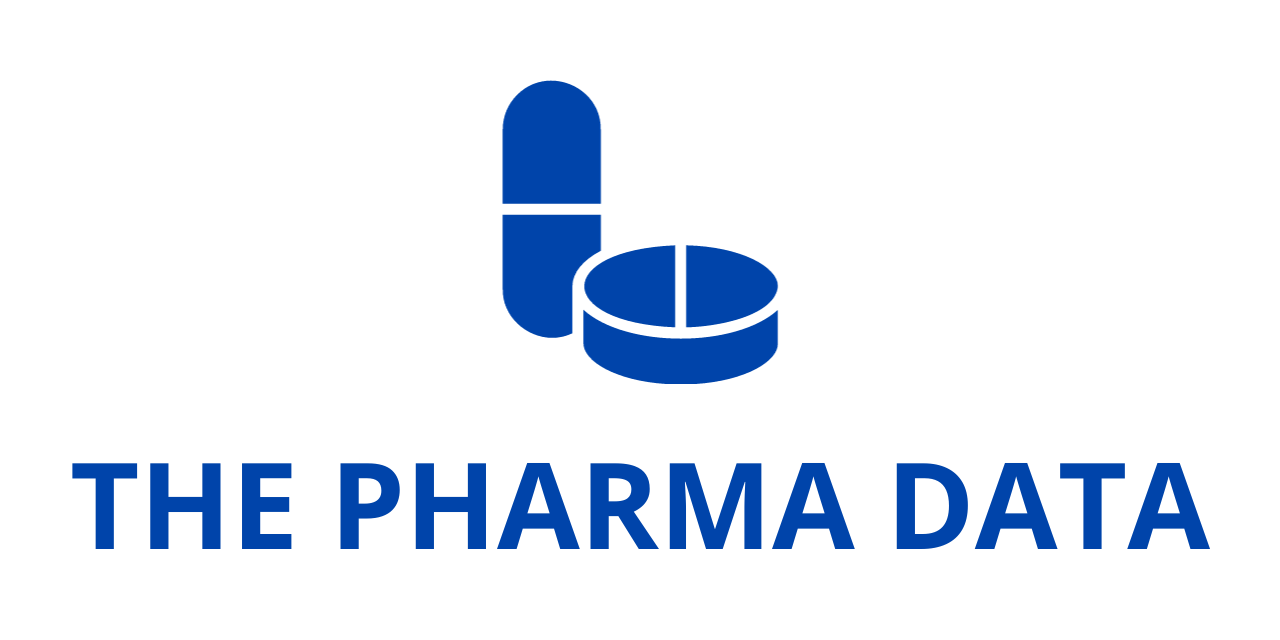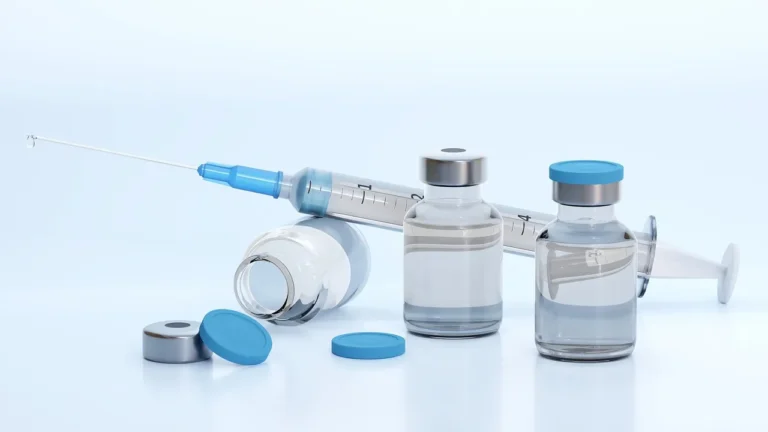
mRNA Technology Transfer Programme Moves Into Phase 2.0, Boosting Sustainable Local Vaccine Manufacturing and Global Health Security
In parallel with the G20 Health Working Group meeting, global health leaders and stakeholders are gathering in Johannesburg, South Africa, to accelerate the implementation of a new phase of the mRNA Technology Transfer Programme — a groundbreaking initiative designed to enable low- and middle-income countries (LMICs) to produce their own vaccines and biologics, strengthening both health equity and preparedness for future health crises.
Originally launched in 2021 by the World Health Organization (WHO) in collaboration with the Medicines Patent Pool (MPP), with financial and policy support from the governments of South Africa, France, Belgium, Canada, the European Union, Germany, and Norway, the Programme successfully fostered technology transfer to 15 participating companies across Latin America, Africa, Eastern Europe, and Asia. This meant putting the fundamentals of mRNA production directly into the hands of local innovators — a dramatic departure from previous models that kept much of vaccine production within a small number of firms in high-income settings.
Today, the Programme stands at a turning point, as it moves into its Phase 2.0 (2026–2030). The new phase focuses on turning these previously isolated technology transfer initiatives into a sustainable, commercial enterprise — a network of fully GMP-compliance facilities that can produce mRNA vaccines and therapeutics at scale.
Scaling up for preparedness and equity
“The mRNA Technology Transfer Programme is delivering on its promise to build capabilities in low- and middle-income countries,” said Dr Tedros Adhanom Ghebreyesus, Director-General of the WHO. “The Pandemic Agreement adopted by the World Health Assembly includes legally binding commitments to strengthening local production. We must now translate those commitments into capacity on the ground — ensuring that when the next pandemic strikes, we respond more equitably and more effectively.”
This moment is a turning point. The foundations have been successfully put in place — technical expertise, production facilities, training, and knowledge transfer — but without sustained political will, financial resources, and policy harmonization, much of that progress could remain fragile. “This is a unique opportunity, driven by the urgency stemming from COVID-19, but without continued collective action, we risk losing momentum and letting these capabilities diminish instead of grow,” said Charles Gore, Executive Director of the Medicines Patent Pool. “We need the courage to align incentives, policy, and financial mechanisms to enable these facilities to realize their full potential.”
Turning technology transfer into sustainable production
This new phase signals a decisive move toward commercial viability. Each manufacturer is developing its own business case for sustainable production — reflecting their country’s health priorities, policy framework, market conditions, and financial resources. Importantly, this will enable them to produce mRNA vaccines during periods between health crises, retaining trained personnel, technical expertise, and production capacity while retaining the ability to respond quickly in the event of future disease outbreaks.
Product focus areas include:
- mRNA vaccines for a range of health priorities, from pandemic viruses to high-burden diseases such as influenza, tuberculosis, HIV, malaria, dengue, and leishmaniasis;
- mRNA therapeutics, including innovations in oncology and monoclonal antibody treatments;
- biologics more broadly — adding additional commercial products to aid financial stability and further enable companies to contribute to health care delivery in their respective regions.
Expanding the ecosystem with strong, adaptable models
The Programme’s Phase 2.0 approach expressly recognizes that there is no “one-size-fits-all” solution for growing production capacity. Each manufacturer’s trajectory will be influenced by their country’s policy framework, health priorities, funding mechanisms, and industry capabilities. Some — like Bio-Manguinhos and Sinergium in Latin America, BioFarma in Indonesia, and Biovac in South Africa — are already developing sophisticated investment roadmaps. These roadmaps include extensive market analyses, cost of goods (COGS) estimates, policy reviews, and pricing strategies, all tailored to their respective jurisdictions.
Other facilities, meanwhile, will require bespoke assistance to align their operations with country-specific policy goals, financial incentives, and health care delivery structures. This tailored approach underlines the necessity for policy harmonization across borders and for mechanisms —such as pooled purchasing and joint tender processes — to enable cost-effective production and delivery at scale.
“We need to back science with smart policy,” said Dr Mmboneni Muofhe of South Africa’s Department of Science, Technology, and Innovation. “This is about creating a new ecosystem for public health security — an ecosystem grounded in regional ownership, long-term strategy, policy incentives, and financial stability.”
Turning growing demand into a sustainable enterprise
While there’s a growing market opportunity for mRNA vaccines and therapeutics — ranging from vaccines against seasonal flu and human papillomavirus (HPV) to innovative treatments for cancer — structural barriers remain. These include misinformation and vaccine hesitancy, policy uncertainty, high clinical trial costs, and a lack of well-understood and adaptable procurement mechanisms for low- and middle-income markets.
The mRNA Programme highlights both the growing interest in developing regional clusters of biotechnology expertise — clusters that can collectively respond to health crises — and a forward-thinking approach toward developing products with greater stability, reduced production costs, and simplified delivery. This could enable vaccines and biologics to reach many more people in need, strengthening health care systems and preparedness across the Global South.
As the mRNA Technology Transfer Programme moves into its new phase, stakeholders remain fiercely ambitious. The aim is not just to enable low- and middle-income countries to produce their own vaccines — it’s to foster a new era in which these countries become contributors and innovators in biotechnology. This, in turn, will enable them to respond more effectively to future health crises, strengthening health equity and securing a more resilient future for all.




